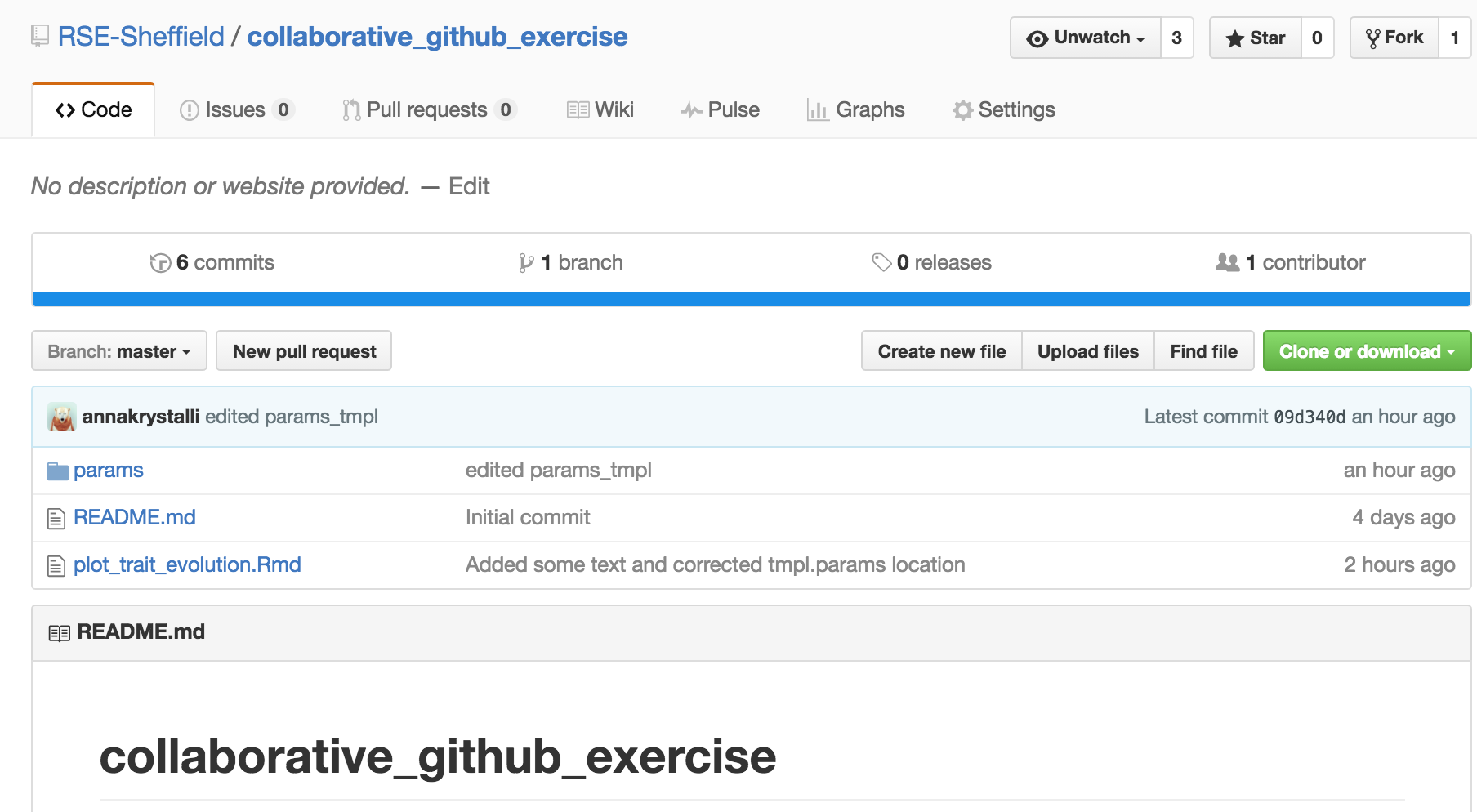Practical: GitHub & Rstudio for collaborative coding
EvoLottery
Welcome to the evolutionary lottery of skull and beak morphology
Beak and skull shapes in birds of prey (“raptors”) are strongly coupled and largely controlled by size.
In this exercise, each participant will fork a GitHub repo, and contribute a file required to simulate the evolutionary trajectory of an imaginary species’ body size.
We’ll use GitHub to collate all species files and plot them all up together at the end! We’ll also discover the skull and beak shapes associated with each simulated species size.
Start!
Clone Github repo
Fork it
make your own copy of the repository on GitHub. Fork are linked and traceable
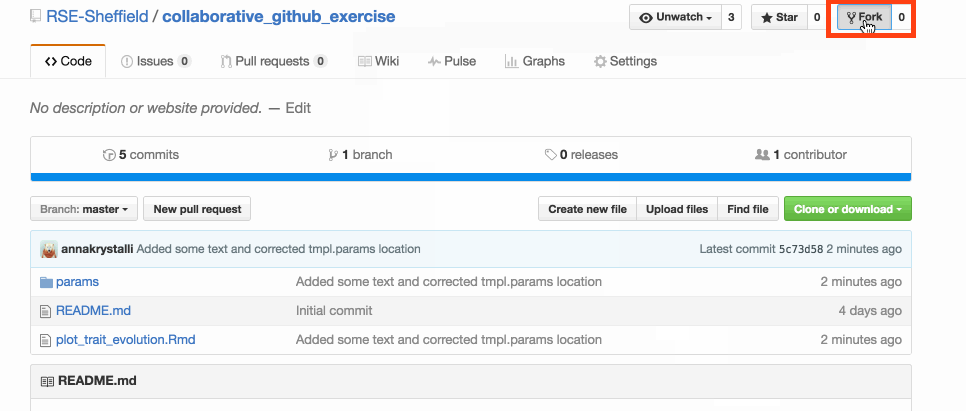
GitHub makes a copy into your account
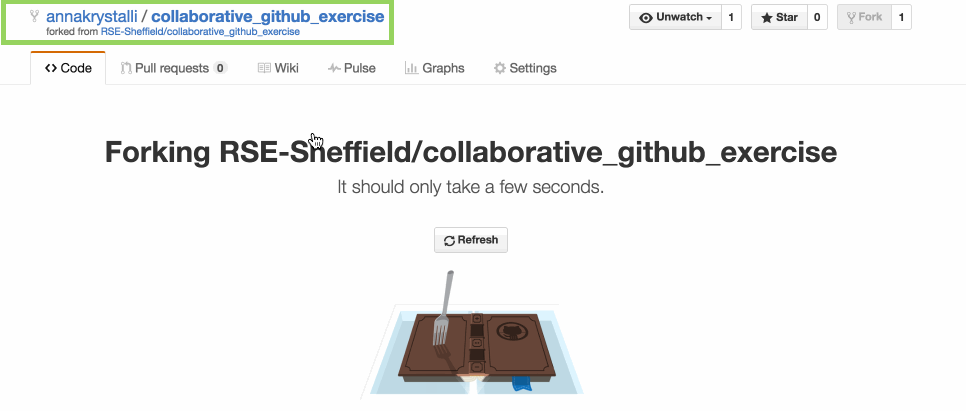
🚦 Clone repo
copy repo link to create a new Rstudio project from the repository.
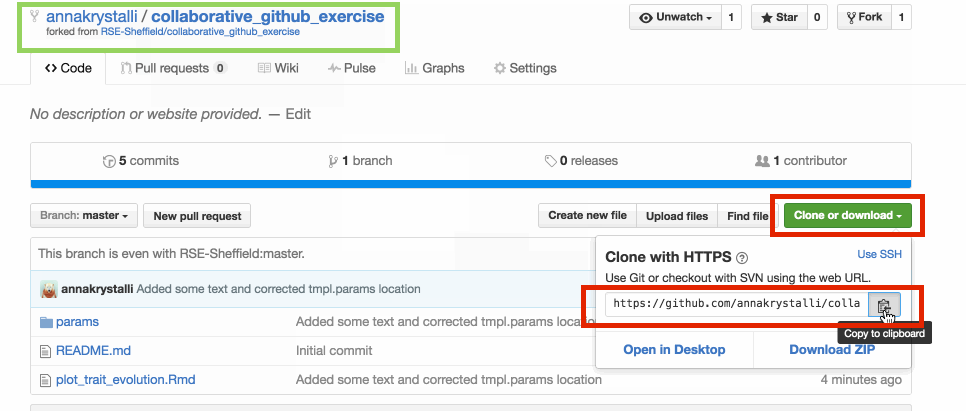
Create new project in Rstudio

Checkout from version control repository

Clone project from a git repository
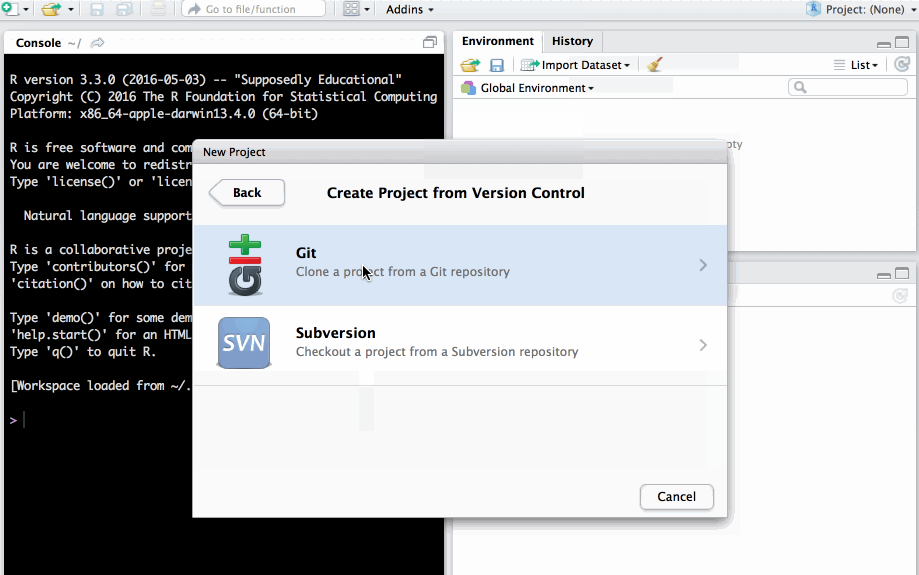
Paste repo link copied from GitHub into Repository URL field. Click Create Project.

Rstudio project now contains all files from the GitHub repo.

Make a change to the repo
make a copy of params_tmpl.R
open params/params_tmpl.R
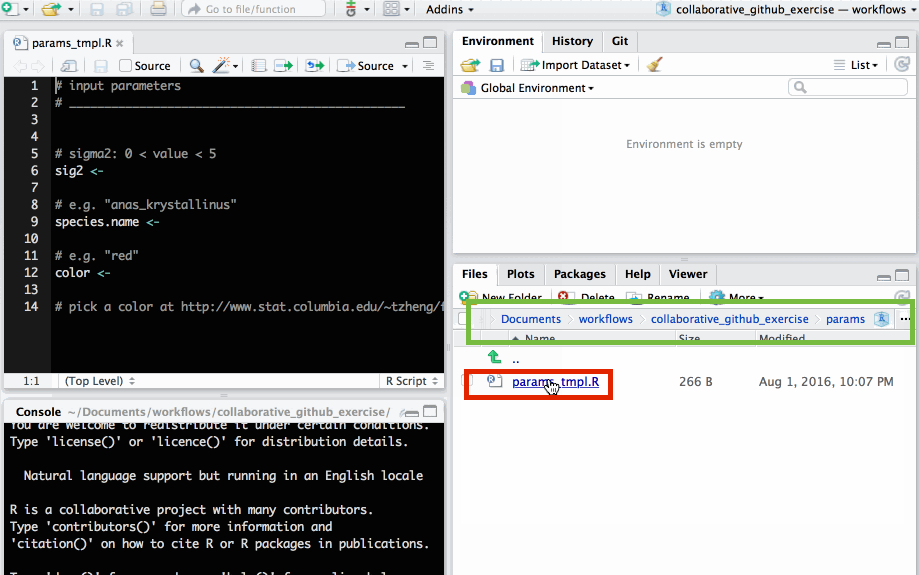
.R script in params/ folder
Use species name of your choice to name new file.
params/params_tmpl.R.

Edit file
Edit file with parameters of your choice and save.
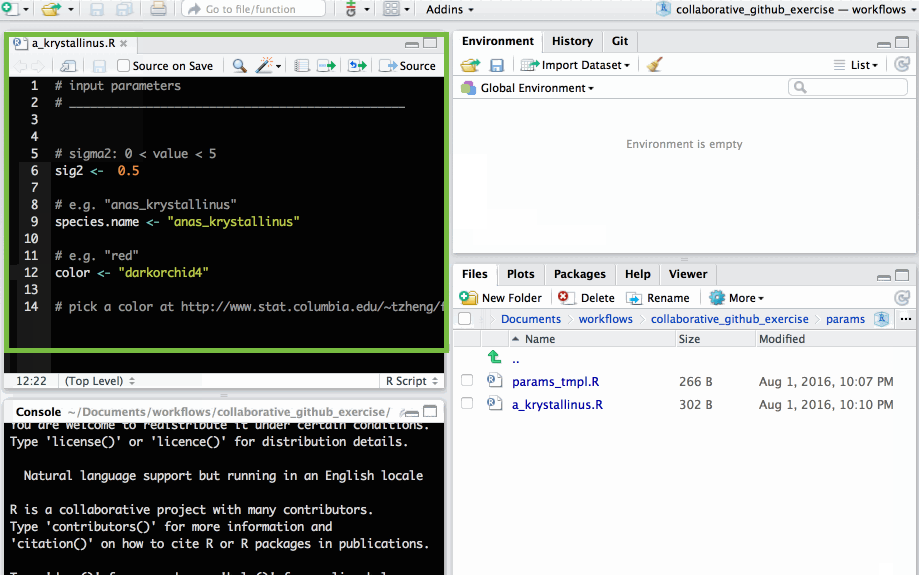
The parameters each participants need to supply are:
sig2: A numeric value greater than 0 but smaller than 5species.name: a character string e.g."anas_krystallinus". Try to create a species name out of your name!color: a character string e.g."red","#FFFFFF"(Check out list of colours in R)
NB: remember to save the changes to your file
Commit changes locally to git
In the git tab, select the new file you created and click Commit.

Write an informative commit message and click Commit
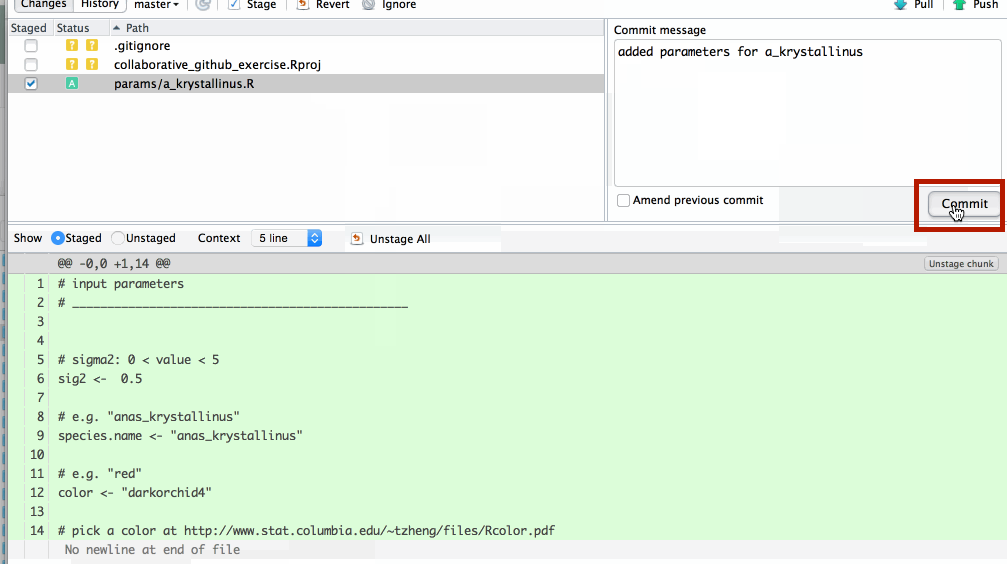
your new file has now been commited

Push changes to GitHub
on the git tab click ⇧ to push changes to GitHub
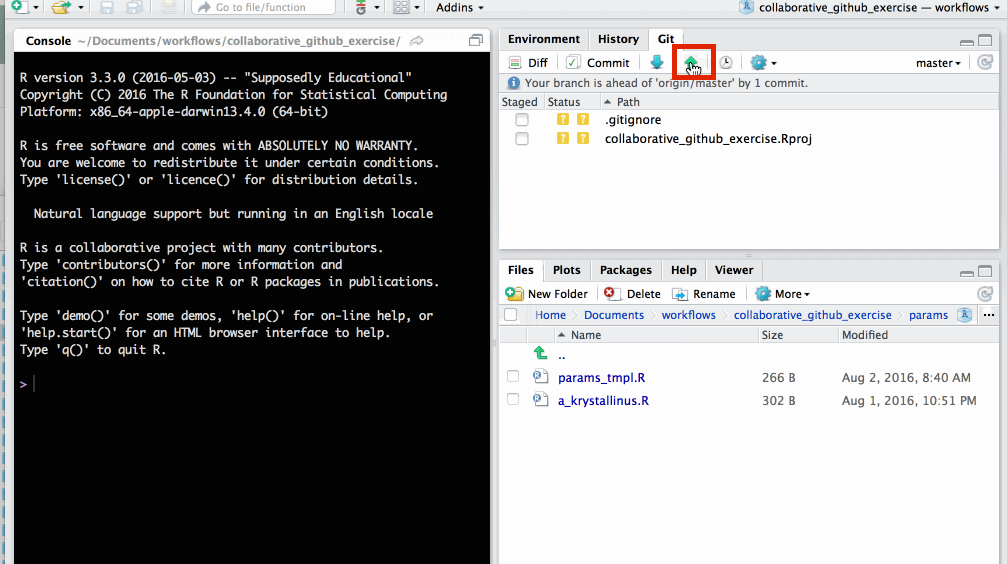
changes have now been updated in the GitHub repo

Create pull request
In your repository, create new pull request
to merge fork to master repo (ie the original repo you forked)
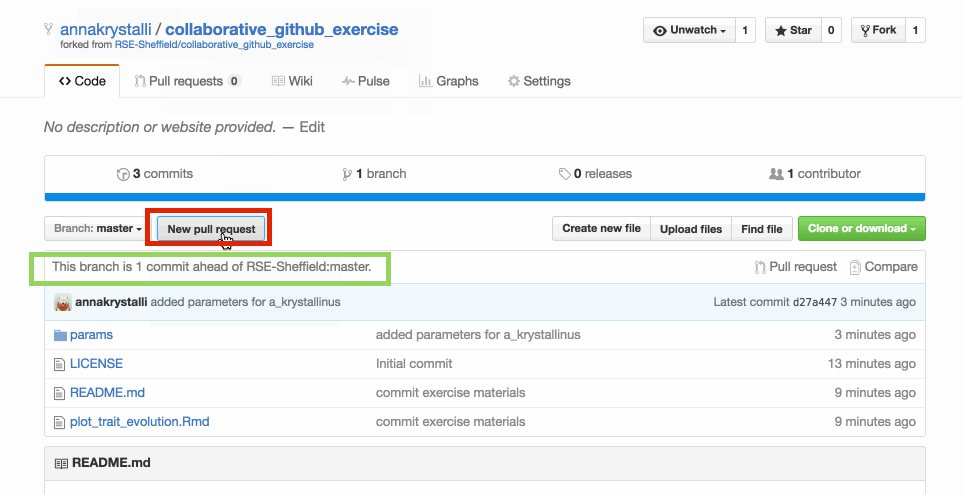
GitHub checks whether your requested merge creates any coflicts.
If all is good, click on Create pull request

Write an informative message explaining your changes to the master repo administrators. Click on Create pull request
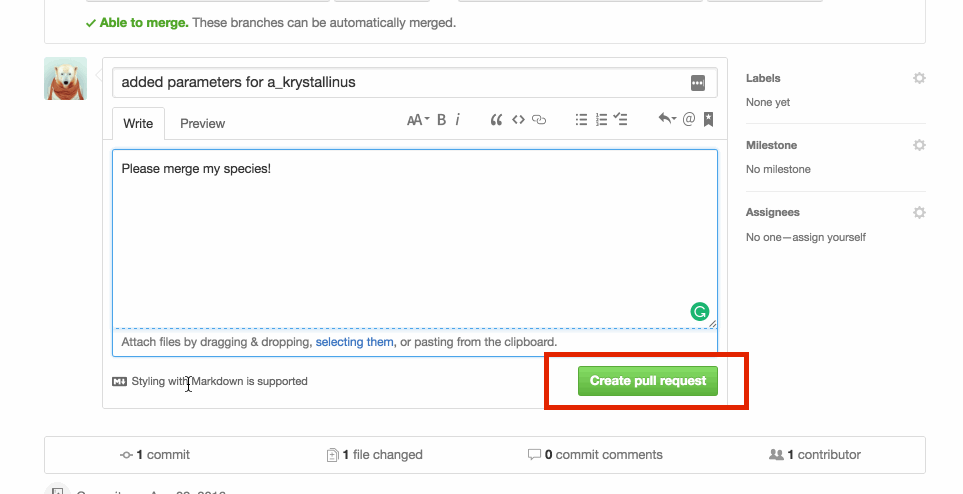
The repository owner will then review your PR and either merge it in or respond with some guidance if they spot a problem.
Check original repo to see your merged changes

We’ll merge all contributions and plot them together at the end!
Now that everyone has contributed to the RSE-Sheffield repository (the upstream repository), the params/ folder contains a number of files, one for each successful pull request.
However your local copy of the repository only contains the template and your own file.
Q: How can I merge changes from the upstream repository to my local repository?
Add upstream remote
Check current remotes
We can check the urls of remotes currently linked to our local repo using usethis::git_remotes().
usethis::git_remotes()$origin
[1] "https://github.com/annakrystalli/collaborative_github_exercise.git"We see that only my form is currently listed as a remote under the name origin.
Add the RSE-Sheffield repo as upstream
To add a new remote we need the https url of the upstream repo (the equivalent of the one we used to create our project from our fork through version control) which in this case is https://github.com/RSE-Sheffield/collaborative_github_exercise.git.
We can then use usethis::use_git_remote() to set the upstream repository:
usethis::use_git_remote(
name = "upstream",
url = "https://github.com/RSE-Sheffield/collaborative_github_exercise.git")We can check that everything was set correctly with usethis::git_remotes()
usethis::git_remotes()$origin
[1] "https://github.com/annakrystalli/collaborative_github_exercise.git"
$upstream
[1] "https://github.com/RSE-Sheffield/collaborative_github_exercise.git"Synch with upstream
Finally, to synch with the upstream repository we can now use function usethis::pr_pull_upstream(). This fetches the master branch from the upstream repository and merges it into our own local master branch.
usethis::pr_pull_upstream()✓ Pulling changes from GitHub source repo 'upstream/master'You should now have all participant files in the params/ folder and will be able to generate all bird skulls if you run plot_trait_evolution.Rmd locally.
Synch origin
To also synch your origin remote repository you can simply push the merged upstream changes up to GitHub.
